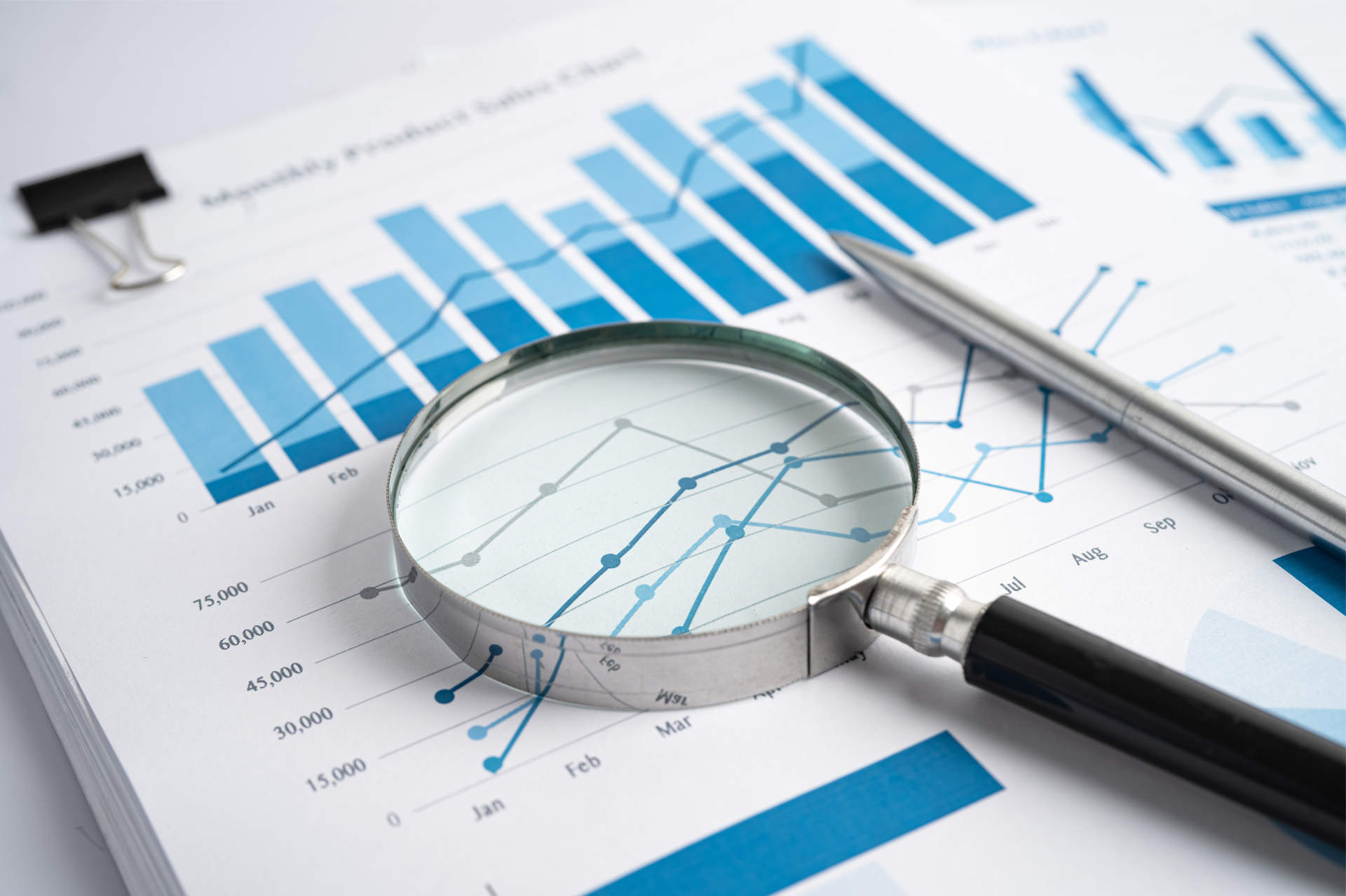Sales Profitability Dashboard
Roger Knocker • December 1, 2023
Sales Profitability Dashboard
Unprofitable business is the quickest way to kill your business which you will soon see on your bottom line. It’s therefore imperative to try and identify it quickly or look for opportunities exist to improve profitability is the sales before tampering with any other process.
For starters, this dashboards ensures that the % Gross Margin is healthy and within an acceptable range. This may however vary over time as the product mix and volumes change during the normal course of business.
The most damaging driver affecting profitability is product returns. In addition to reducing customer satisfaction levels, returns usually affect profit at their full cost and often represent a lost sale. They are almost always avoidable unlike other drivers such as price, which are determined largely by external forces such as competitor behaviour. This dashboard therefore tracks:
Order profitability is great as it enables you to manage the profitability before the goods and services have been delivered. Depending on your contracts you still might be able to change an unprofitable order into a favourable one – but only if you can pick it up in time
This dashboard therefore has some key measures which must be visible (by order, customer, item etc. ) to help identify this:
When viewing item profitability it’s important that the Cost of Sales is accurately recorded in the underlying system.
Your costing model may be very simple (Moving Average) or very complex (Activity Based Costing) or somewhere in between (Standard Costing).
Whatever it is, make sure it’s up to date and that the rules are applied consistently. In many companies this process is not done very well, the ned results is that you don’t know that unprofitable products are being cross subsidised by profitable ones. Solving the problem is actual quite straightforward once you have the visibility and whatever action you take will make you more cash:
The KPIs and measures used are the same as Order and Item profitability. The analysis is performed at the item or item grouping levels.
Understanding Customer Profitability is probably the trickiest the profitability dashboards. In some businesses, customer probability is the same as Item profitability except that they data is aggregated by customer and not just item.
In your business you may need to track and allocate non item/service costs associated with the customer. For example:
This section of the dashboard is where the sweet fruit grows. Let us help you harvest the allusive super profits.
Returns
The most damaging driver affecting profitability is product returns. In addition to reducing customer satisfaction levels, returns usually affect profit at their full cost and often represent a lost sale. They are almost always avoidable unlike other drivers such as price, which are determined largely by external forces such as competitor behaviour. This dashboard therefore tracks:
- # of Returns
- Value of Returns
- % Returns to Overall Revenue
Order Profitability
Order profitability is great as it enables you to manage the profitability before the goods and services have been delivered. Depending on your contracts you still might be able to change an unprofitable order into a favourable one – but only if you can pick it up in time
This dashboard therefore has some key measures which must be visible (by order, customer, item etc. ) to help identify this:
- Expected % Gross Margin
- % Discount
- Value of Discounts
- % Actual Order Price to Last 3 Months Average Price
Item Profitability
When viewing item profitability it’s important that the Cost of Sales is accurately recorded in the underlying system.
Your costing model may be very simple (Moving Average) or very complex (Activity Based Costing) or somewhere in between (Standard Costing).
Whatever it is, make sure it’s up to date and that the rules are applied consistently. In many companies this process is not done very well, the ned results is that you don’t know that unprofitable products are being cross subsidised by profitable ones. Solving the problem is actual quite straightforward once you have the visibility and whatever action you take will make you more cash:
- Stop Selling the unprofitable items
- Ask the customer for a price increase
- Sell the customers more generic products that they can afford that are more profitable for your business
The KPIs and measures used are the same as Order and Item profitability. The analysis is performed at the item or item grouping levels.
Customer Probability
Understanding Customer Profitability is probably the trickiest the profitability dashboards. In some businesses, customer probability is the same as Item profitability except that they data is aggregated by customer and not just item.
In your business you may need to track and allocate non item/service costs associated with the customer. For example:
- Value of Rebates
- Global Discounts
- Delivery costs (if not costed into the item)
- Cost of credit
- Cost of Account and Relationship Management
- Cost of complex customer processes that need to be complied with
- Cost of excessive customer standards
- Cost of Tenders
This section of the dashboard is where the sweet fruit grows. Let us help you harvest the allusive super profits.

In the world of finance, numbers tell a story. However, that story is often buried beneath layers of spreadsheets and complex datasets. For financial professionals, the challenge is not just about understanding these numbers but also presenting them in a way that drives decision-making and inspires action. Enter data visualisation – the art of transforming data into clear, compelling visuals. Among the tools that have proven especially powerful are the line graph and the waterfall chart. These visuals help finance teams translate dry statistics into impactful narratives. In this article, we explore how these graphs can transform financial storytelling. The Importance of Data Visualisation in Finance Finance professionals are accustomed to handling vast amounts of data, from profit margins and revenue growth to expense tracking and risk assessments. Yet, presenting these figures effectively to stakeholders is a different ballgame. Visualisation simplifies this process, turning complex data sets into accessible insights. When done correctly, data visualisation: Enhances comprehension: Humans process visuals 60,000 times faster than text, making it easier for stakeholders to grasp key information quickly. Drives decision-making: Clear and compelling visuals help executives make informed decisions without wading through dense reports. Highlights trends and outliers: Visual tools can bring hidden trends and anomalies to light, prompting timely actions. Improves understanding and communication with business - Business doesn't always get what Finance is trying to communicate and good visualisations go a long way to bridging the gap. Better communication improves alignment to strategic financial goals. The line Graph: Unravelling Trends Over Time The line graph, also known as a stream graph or a stacked area graph, is a powerful tool for visualising changes in data over time. It is especially effective in showing how multiple categories contribute to an overall trend. In finance, line graphs can illustrate revenue streams, expense categories, or investment performance in a visually engaging manner. Use Case: Revenue Streams Analysis Imagine a financial report for a company with diverse revenue streams, such as product sales, services, and subscriptions. A line graph can display how each stream has evolved, highlighting peaks and troughs. The thickness of each ‘line’ represents the contribution of that revenue stream to the total, making it easy to spot which areas drive growth. Benefits of line Graphs: Trends Made Simple: Displays how multiple components evolve over time. Visual Impact: The fluid, organic design makes it easier to follow changes. Comparative Insight: Helps compare different categories intuitively. The Waterfall Chart: Bridging the Gap Between Figures Waterfall charts excel at breaking down the cumulative effect of sequential data points, making them ideal for financial analysis. They help bridge the gap between figures by showing how individual elements contribute to a total. Commonly used in profit and loss statements, budget analysis, and variance reports, these charts provide clarity in understanding how specific actions impact the bottom line. Use Case: Profit and Loss Analysis A financial analyst preparing a quarterly report might use a waterfall chart to demonstrate how various factors—like increased sales, higher marketing spend, and cost savings—impacted net profit. The chart’s structure, with its clear progression from starting figures to the final result, makes it easy for stakeholders to follow the financial narrative. Benefits of Waterfall Charts: Clarity: Simplifies complex financial data by showing individual contributions to total figures. Transparency: Clearly distinguishes between positive and negative impacts. Decision Support: Helps executives understand the key drivers of financial performance. Choosing the Right Visual for the Right Data Selecting the appropriate visual tool depends on the story you want to tell: Use line graphs for illustrating trends across multiple categories over time. Opt for waterfall charts when you need to detail the step-by-step impact of specific factors on an overall financial figure. By mastering these tools, finance professionals can enhance their storytelling, transforming raw data into insights that drive strategic decisions. Conclusion: From Data to Decisions The ability to visualise data effectively is a powerful advantage. The line graph and waterfall chart are more than just visual aids—they are essential tools for financial professionals looking to make data-driven decisions that resonate with stakeholders. By adopting these techniques, finance teams can turn numbers into narratives that not only inform but also inspire action. In the end, the power of finance lies not just in analysing data but in presenting it with impact.

